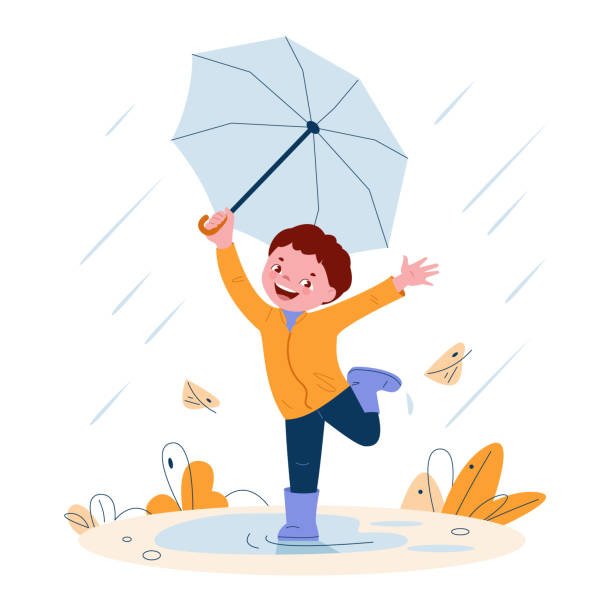The Importance of a Weather Chart for Grade R Learners and How to Use It
Skip to content
Skip to footer
The Importance of a Weather Chart for Grade R Learners and How to Use It
The Importance of a Weather Chart for Grade R Learners and How to Use It

